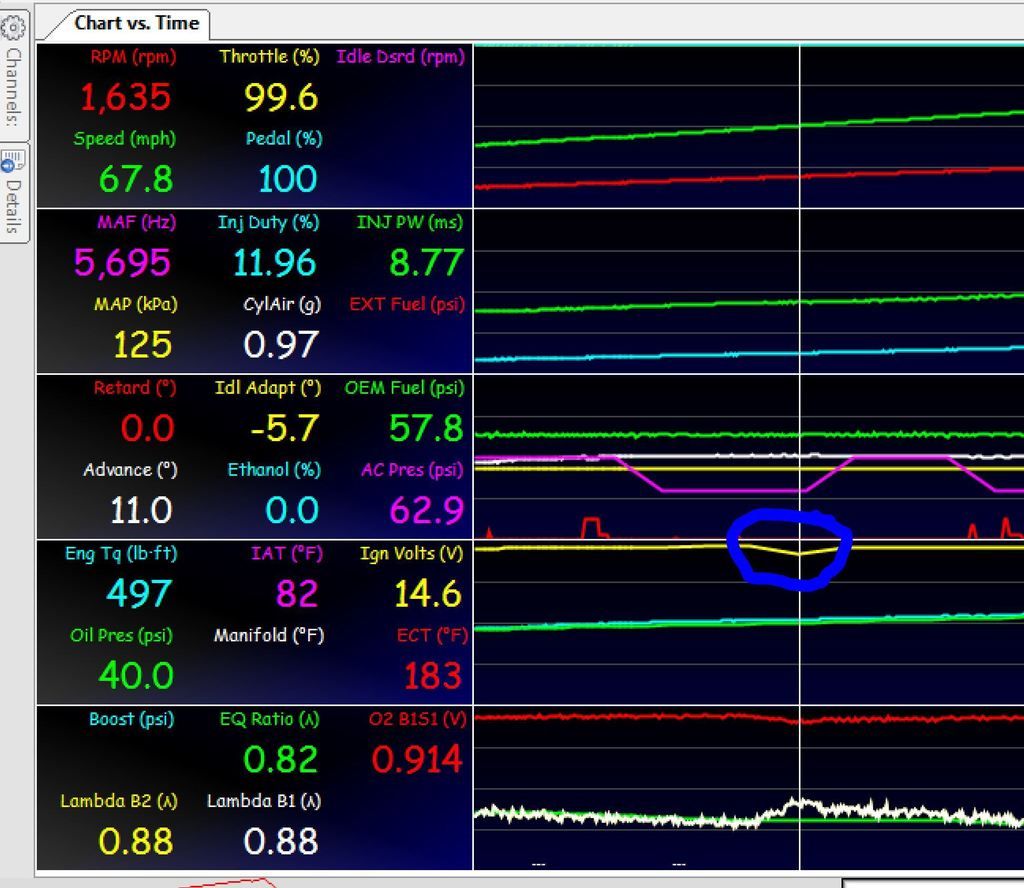Indeed. You can use inj PW, inj flow rate and a WB reading to basically create a VE or "GMVE" table and/or MAF tables. Basically if you know how much fuel you're using and know what lambda reading you're getting out.. then you can calculate how much air must be going through the engine. That + some info on # of cylinders, RPM, etc. and you can calculate VE.
Gen 4's have cylinder volume and some sort of gas constant also factored into their VE values (i.e. "GMVE"), but that's obviously simple enough to factor in.
I've tried doing it in the past but results weren't so perfect. I never spent the time to figure out why, though it very well could have been from WB errors (or me screwing up the math, which is at least equally as likely)




 Reply With Quote
Reply With Quote






